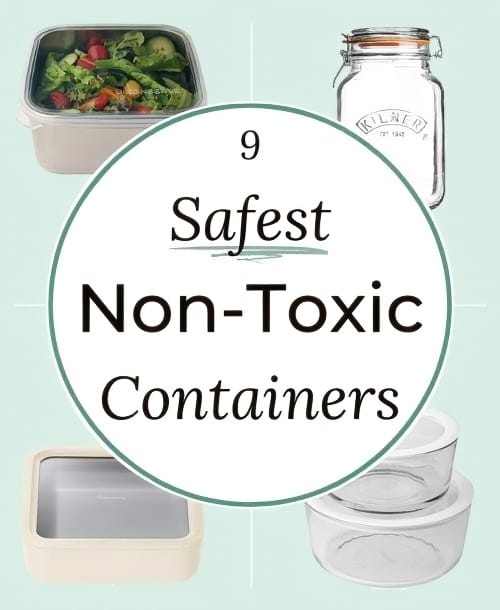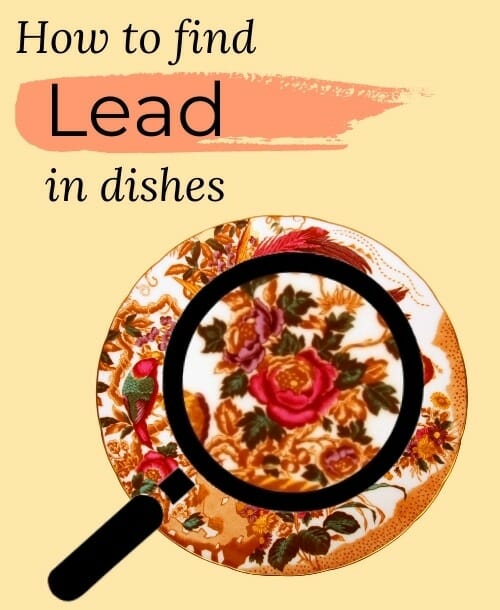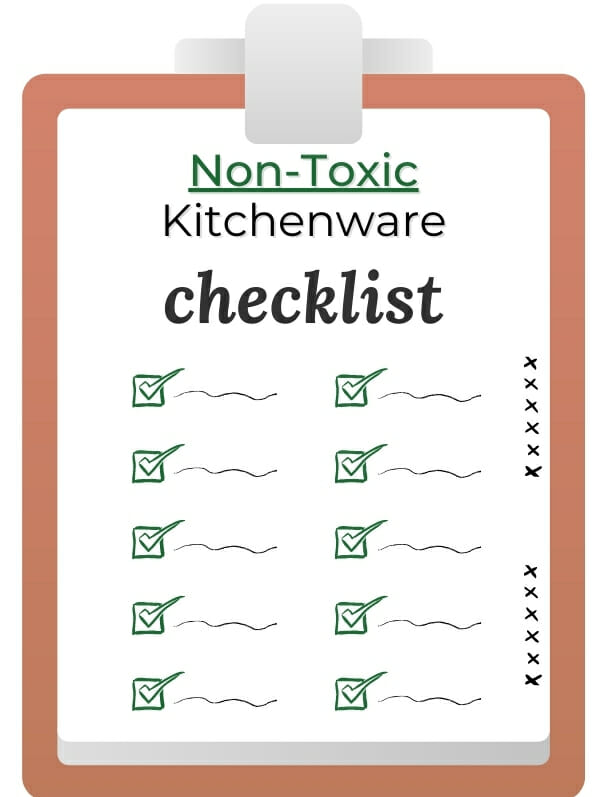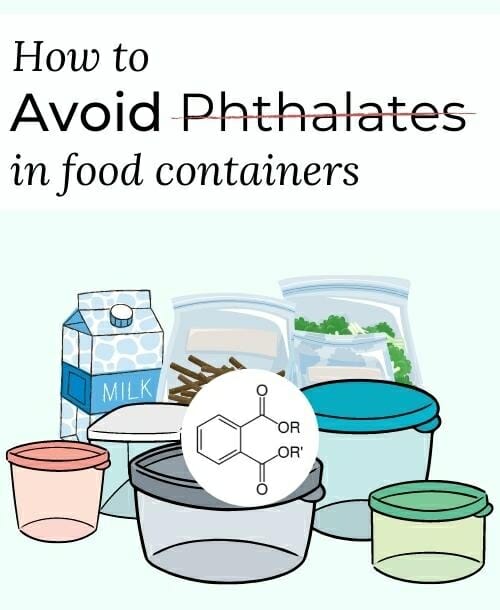
If a chemical is used to make the container, it can leach into food stored in that container… Which means it can also end up in anyone who eats that food.
One of the most concerning chemicals used in food storage containers are phthalates, which you’ll most often find in plastic containers.
This guide will teach you what phthalates are, why phthalates cause health concerns, and how to avoid phthalates in your food containers.
What Are Phthalates?
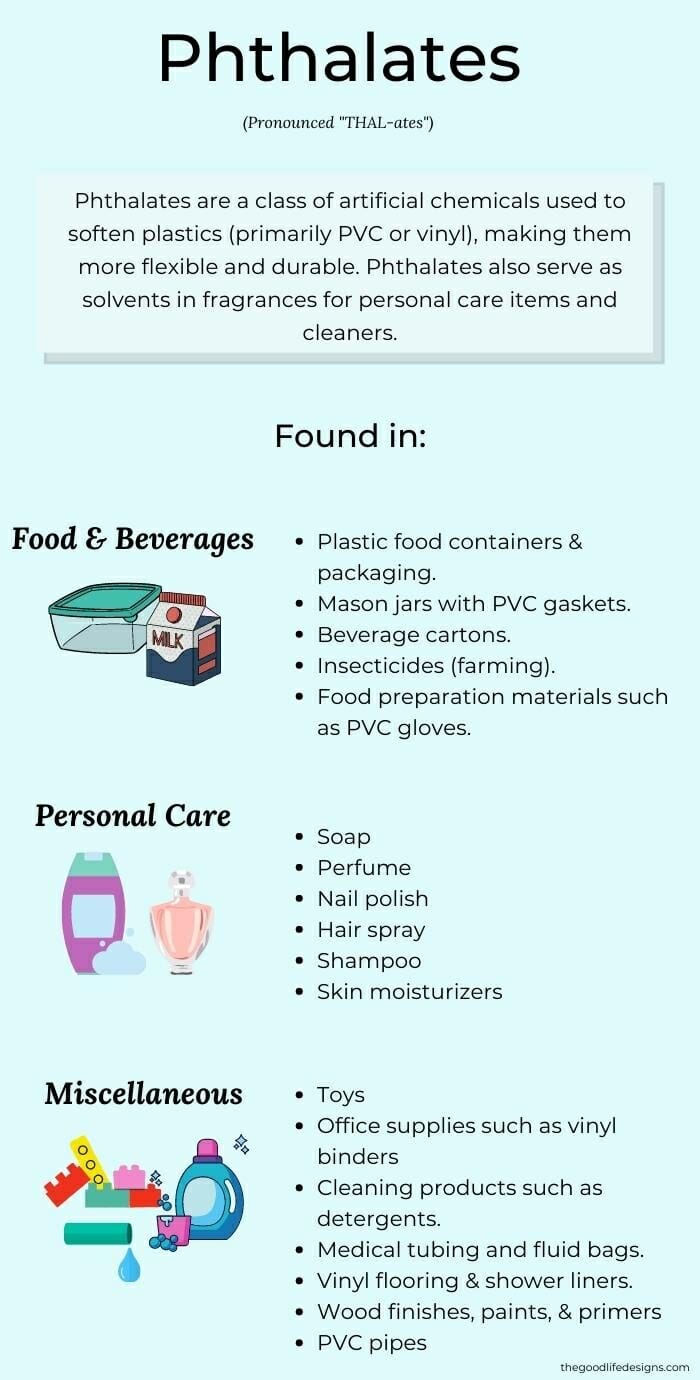
Phthalates (pronounced THAL-ates) are a class of chemicals used to make plastic more flexible or durable.
Phthalates, man-made chemicals, were first produced in the U.S. in the 1920s. Then, they became popular in plastics in the 1930s.
What products contain phthalates?
Today, phthalates are used in a vast range of products, which gives them their nickname, the “everywhere chemical.” Some also refer to phthalates as PAEs.
Phthalates in plastic food containers or food packaging materials like plastic wraps can leach into your food.
Several studies measure the amounts of phthalates like DEHP (di(2- ethylhexyl) phthalate) and DBP (dibutyl phthalate) that leach into food, also known as “migrating.”
A 2016 study found that DEHP and DBP are more likely to leach when containers hold highly acidic foods like tomatoes or lemons.
Higher leaching also occurs when heating these containers in the microwave for longer periods.
Phthalates are also soluble in fat, and so they may leach into fatty foods like dairy at higher levels.
Yet, it’s worth noting that the presence of phthalates in food storage is controversial… The American Chemistry Council states that most food packaging and food storage is made without phthalates.
Health Effects of Phthalates
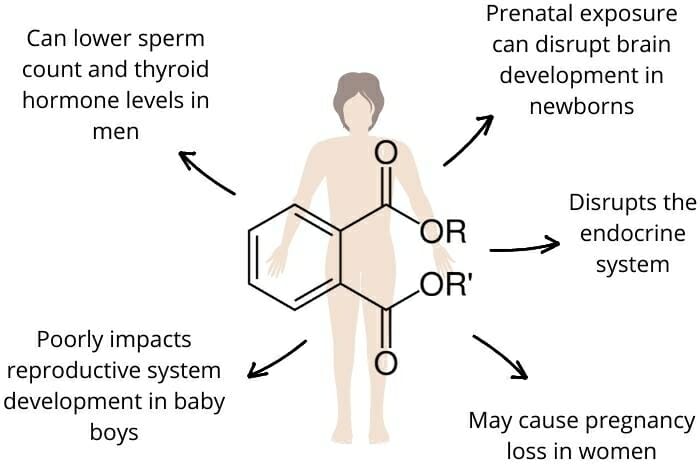
Whether we like it or not, we’ve likely been exposed to phthalates in many parts of our lives.
A CDC study showed just how pervasive phthalates are in the general U.S. population—
They found phthalate metabolites in the urine of 2,636 people who took part in the study. However, phthalates aren’t known to cause harmful health effects at the levels detected.
Studies in humans show that phthalates can:
- Disrupt the endocrine system at high exposure.
- In baby boys, exposure to phthalates can cause problems with the development of the reproductive system.
- Prenatal exposure to phthalates can also cause problems with brain development.
- In adults, phthalate exposure can lower sperm counts in men and lower thyroid hormone levels.
- Phthalates may cause pregnancy loss in women.
While these health effects are serious, don’t panic. It’s unlikely that phthalates exist in food storage containers or food packaging at levels high enough to cause these problems.
For example, a 2012 study found that DEHP, a phthalate, does leach out of epoxy-coated food containers like tuna cans and marmalade jar caps.
However, the study concludes that the amount of chemical leaching is below the thresholds allowed by various EU chemical regulations. Therefore, regulators consider it safe.
Next up, let’s cover how to reduce phthalate exposure in the first place—
4 Ways To Avoid Phthalates in Food Storage
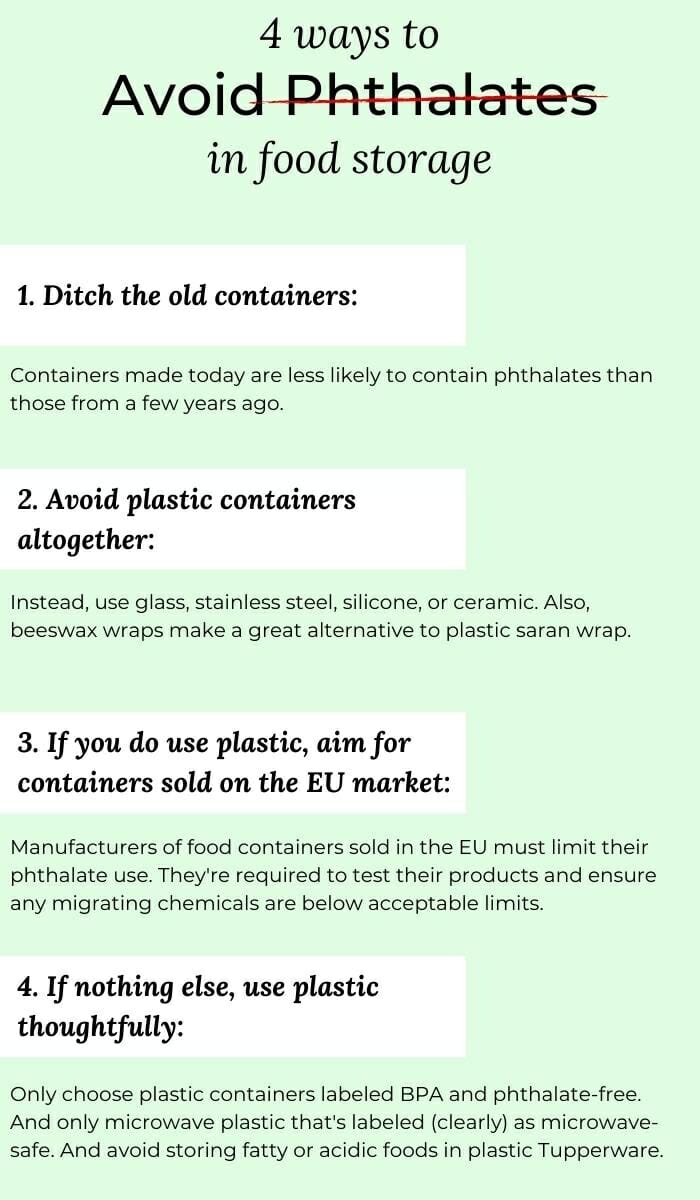
Research on the health effects of phthalates in food containers is ongoing and more research is needed.
So, while the jury is still out, it’s best to avoid phthalates in food storage containers.
Here are a few easy steps you can take to protect yourself and your loved ones from phthalate exposure in food containers:
Avoid Plastic Containers
The best step you can take to avoid phthalates in food storage is simply to avoid plastic containers.
These days, there are plenty of food containers made from non-plastic materials. Great options include:
- Glass containers
- Stainless steel containers
- Silicone containers
- Ceramic containers
Silicone lids or beeswax food wrapping papers are also great alternatives to plastic wrap.
Check out our non-toxic food storage containers guide to learn more about these materials and to see our picks for the best safe containers.
While phthalates are less often used in food storage nowadays, many plastic containers and plastic wraps made today may contain other harmful chemicals…
For example, while many plastic wraps do not contain phthalates, they do possess DEHA – a non-phthalate plasticizer, similar to DEHP.
DEHA can leach out of plastic wrap into food, but its health effects in humans remain unknown.
So, to truly avoid plasticizers, it’s best to ditch plastic containers and wraps entirely.
Get Rid of Old Plastic Containers
Containers made today are much less likely to contain phthalates. This is due to increasing health concerns and new regulations controlling phthalate use in food containers.
For example, the EU’s 2015 Regulation 10/11/EU limits the amount of phthalates allowed in food containers:
Manufacturers of plastic food storage containers sold in the EU must test their products to ensure the amount of chemical that “migrates” into food is below acceptable limits.
So, get rid of your old containers since they’re more likely to contain phthalates.
When buying new containers, get non-plastic versions.
If you must buy plastic, buy containers sold on the EU market. (Many products sold in the EU are also sold in the US.)
Use Plastic Containers Thoughtfully
If you do choose to continue using plastic containers, be thoughtful about how you use them.
For example, choose plastic containers that label themselves as BPA and phthalate-free.
Also, make sure only to use microwave-safe containers in the microwave. Using non-microwave safe containers can increase the amount of harmful chemicals that leach out of the plastic into your food.
Additionally, you should be purposeful about which foods you store in plastic containers. To prevent phthalate leaching, avoid storing acidic and high-fat foods in plastics.
Conclusion
Most of us have come to rely on plastic food containers in our day-to-day lives.
So if all of this feels overwhelming, you can boil it down to a single step. If you take away just one thing from this article, it should be to stop using plastic containers.
Of course, it’s best to do everything you can to avoid chemicals in food storage containers.
But even if you’re not quite ready to take that step, don’t worry…
It’s unlikely you’re exposed at high enough levels to cause serious health effects. So, that’s a wrap… Now you know how to avoid phthalates in food storage!
Lena Milton
Lena Milton is a freelance writer covering sustainability and environmental science. She graduated from Brown University, and today writes to help consumers understand the environmental and ethical challenges in everyday life so we can find viable solutions for both.
Enjoyed this post? Share it with your friends!
Related Posts
FREE Guide
Non-Toxic Kitchenware Checklist
Get a step-by-step product guide with insider tips & tricks for the safest kitchen possible!

